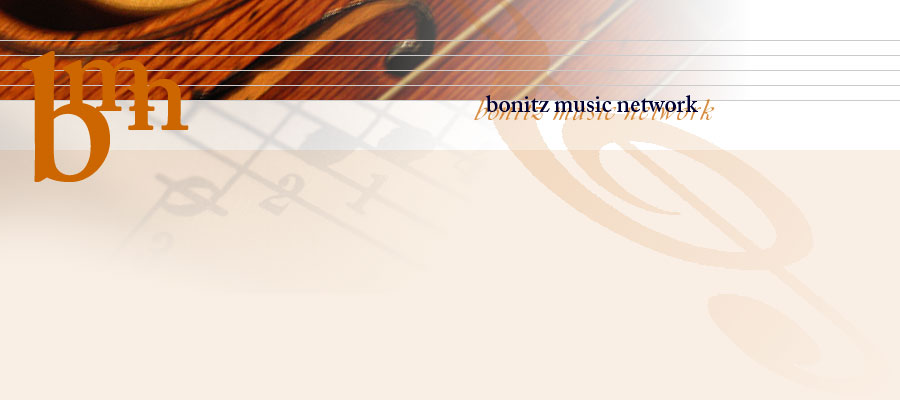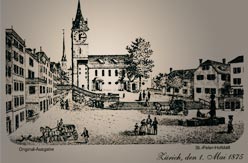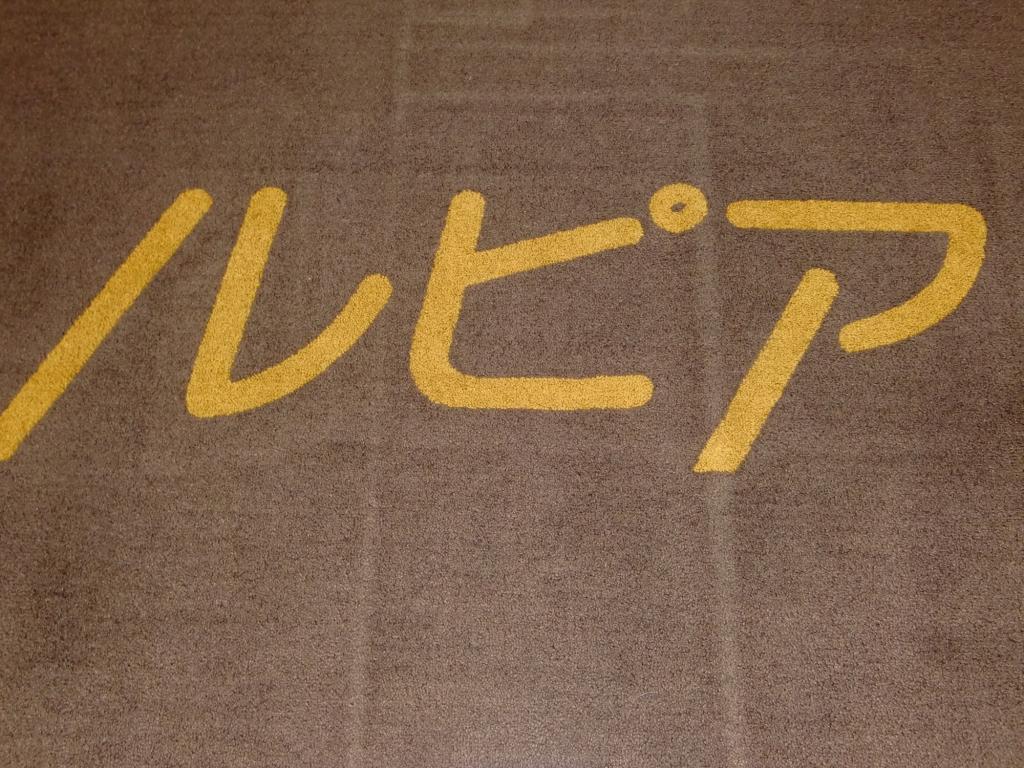
 |
 |
||
ConcertCycle2010 | Beethoven Schumann
A Glance into Schumann’s Workshop
The BeethovenQuartet honours the Schumann Bicentenary 2010
It is a mere four measures that string quartet afficionados won’t recognize in the BeethovenQuartet’s new recording. But these four bars have literally an unheard-of effect.
In June 1842 Schumann used them to combine the two quartets now known as Opus 41 Nos. 1 and 2 into one gigantic work with dimensions worthy of Beethoven. Thanks to the BeethovenQuartet’s intellectual curiosity, this, its third recording, grants us a look into Schumann’s creative workshop.
Schumann tended to work on genres in phases. First came works for piano, then in 1840 came the great “Lieder” year, and in 1842 he devoted himself almost exclusively to chamber music. Already in 1838 he had expressed his desire to write a string quartet. Another four years would pass before he realized this ambition—four years in which he studied his great predecessors in this genre, particularly Beethoven’s late works.
Within a few short weeks in June 1842 a monumental string quartet with eight movements came into being. Only after Schumann followed this work with another string quartet, now known as Opus 41 No. 3, did he take leave of his original idea and divide the eight-movement work into two distinct quartets. Thus he created a classical three-number opus, which he presented to his wife Clara on September 13, 1842. She promptly reacted with enthusiasm: “This is all new, nonetheless clear, finely wrought and always in the spirit of the quartet as such.”
The BeethovenQuartet’s homage to Schumann in their new recording documents a “work in progress,” showing Schumann simultaneously orienting himself on Beethoven and emancipating himself from him. Among numerous references to Beethoven’s late quartets, Schumann’s use of the quotation “Nimm sie hin denn, diese Lieder” from the lied cycle “An die ferne Geliebte” as a musical greeting to Clara is particularly prominent. However, the quartets are actually dedicated to Felix Mendelssohn, whose liedlike, clearly structured sense of melody is considerably closer to Schumann’s than is that of the dense and precipitate late Beethoven.
The effect of this original version of the Opus 41 quartets is striking—one hears connections between the individual quartets and is fascinated by the symmetrical structure. Thanks to four measures, the well-known Schumann becomes a completely new experience.
The BeethovenQuartet has juxtaposed these Schumann quartets with Beethoven’s last completed string quartet, Opus 135, which signals a return to classical dimensions after thegenerous proportions of its predecessors. The final work of Beethoven’s landmark quartet creations and Schumann’s exhuberant beginnings in chamber music complement each other perfectly.
The BeethovenQuartet has once again had the good fortune to work with musicologist Peter Gülke on this production. The format, which combines a 222-SACD with a DVD including both a performance of Opus 135 and a discussion between Georg Albrecht Eckle and Peter Gülke, has proved a great success. Interested listeners thus have the opportunity of deepening their understanding of Schumann’s musical relationship to Beethoven.
The famous question and answer which open the last movement of Opus 135, “Muss es sein? Es muss sein!” with which the BeethovenQuartet announced its début in 2008, can also stand for this recording. “Muss es sein?” The answer is easy: Yes, beyond question, this recording is a must. CB
Upcoming concerts:
19. April, Prag, Šimona a Judy, 19:30
21. April, Zürich, Kirche St. Peter, 19.30 Uhr
24. April, Schloss Heiligenberg, 20 Uhr
09. Mai, Bonn, Aloisiuskolleg, Kollegskirche Bad Godesberg, 19.30 Uhr
13. Mai, Basel, Schmiedenhof, 20 Uhr
19. September, Tokyo, Rupia Hall 14 Uhr
17. Oktober, Freiburg, Morat-Institut, 20 Uhr
Information and Tickets:
www.beethovenquartett.de
Telefon: +41 78 685 98 88
reservation@bomn.eu |
Program "Schumann 2010" Ludwig van Beethoven (1770 - 1827) Robert Schumann (1810-1856)
Streichquartett op. 41, Nr. 1 + 2 First Version (1842) 19.April Prag
.gif) 21.April Zürich
 24.April Schloss Heiligenberg
.jpg) 09.Mai Bonn
13.Mai Basel
 23. September Tokyo
 17.Oktober Freiburg (Breisgau)

|
|
|
|
||